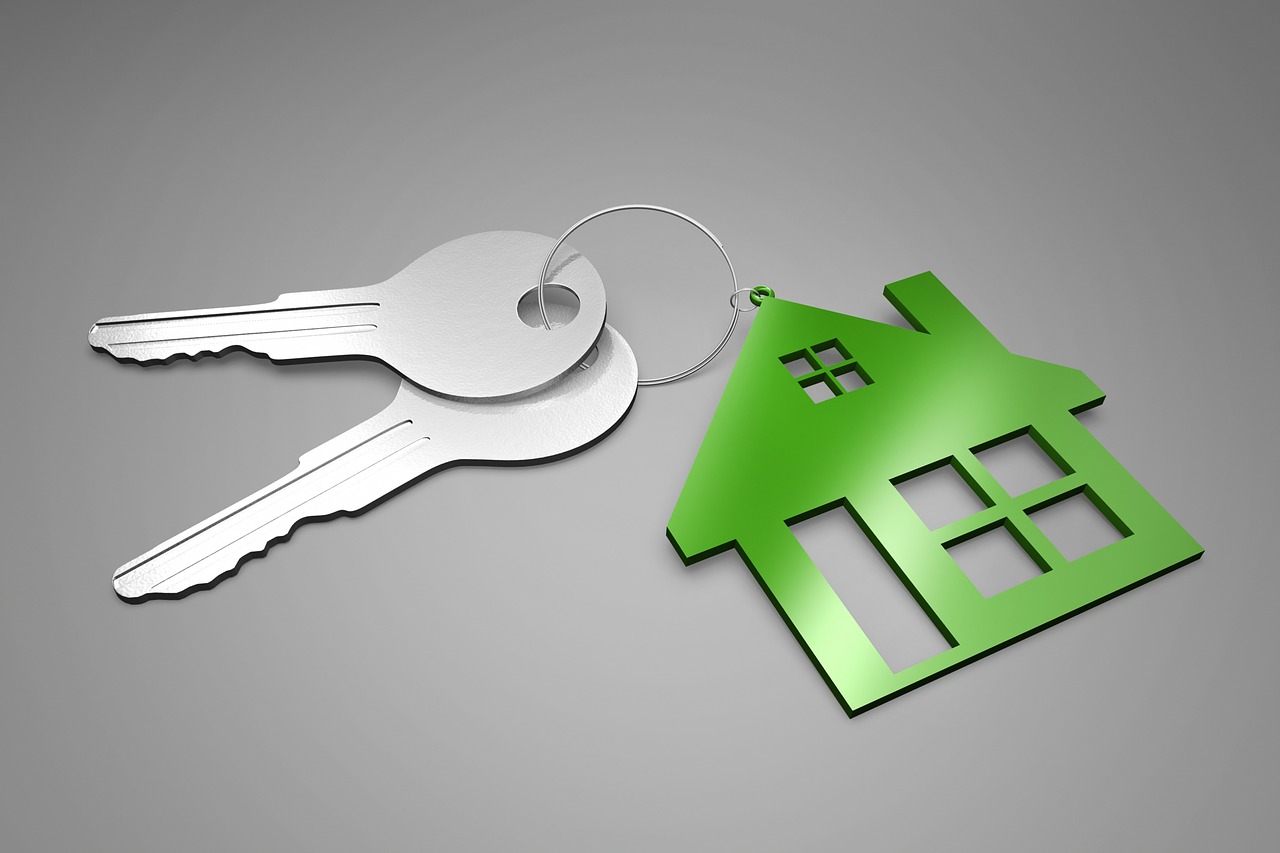Hawaii, a paradise famous for its incredible scenery and tranquil beaches, draws countless visitors each year. It’s no surprise the real estate market in this tropical paradise is abuzz with activity. But, as with any market, there are fluctuations throughout the year. This article looks into the slowest month to sell a house in Hawaii and the factors driving this trend.
The slowest month for selling houses in Hawaii has various causes. A major factor is a decrease in tourists at certain times of the year. Fewer visitors means fewer potential buyers, resulting in longer listing times for properties. Also, locals often prioritize family vacations and other activities during these slower months, taking their focus away from buying real estate.
Weather also plays a significant role in house sales in Hawaii. Certain months have more rainfall or extreme heatwaves, making it difficult for potential buyers to go on property tours or attend open house events. The unpredictable weather can make individuals hesitant to commit to such a big investment in unfavorable conditions.
To show the effects of these factors historically, let’s look at an example from the past. In 2019, July was one of the slowest months for house sales in Hawaii due to various factors. Tourist numbers were lower than peak seasons, and it rained a lot that month. So, sellers had a hard time finding interested buyers during July that year.
Factors affecting the housing market in Hawaii
Hawaii’s housing market is influenced by various factors. These influence the demand and supply of homes, and the market’s stability.
Tourism, migration, natural disasters, land availability, construction costs, and government regulations all have a big impact.
The Great Recession in 2008 also had an effect. Buyer demand decreased, and foreclosures increased. This caused a drop in home prices.
Seasonal trends in the real estate market
Throughout the year, the real estate market undergoes various changes. Knowing these seasonal shifts can be beneficial to both buyers and sellers. Let’s take a look at how the different seasons affect the real estate market.
To gain a better understanding, let’s consider a table of seasonal trends in the real estate market. This table shows key info such as average home prices, days on market, and number of listings for each season.
| Season | Average Home Prices ($) | Days on Market | Number of Listings |
|---|---|---|---|
| Spring | $500,000 | 30 | 1,000 |
| Summer | $550,000 | 25 | 1,200 |
| Autumn | $525,000 | 35 | 900 |
| Winter | $480,000 | 40 | 800 |
The data show fluctuations throughout the year. Sellers have an advantage in spring and summer, with higher prices and shorter days on market. On the other hand, buyers may have more luck in autumn and winter, with lower prices and more listings.
These trends are not exclusive to Hawaii. They’re found in many real estate markets worldwide. Factors like economic patterns, holidays, weather, and school calendars can influence these seasonal variations.
We can also learn from past years. Certain months often have their own traits. For instance, April sees more activity during spring, as buyers start searching before summer.
The slowest month to sell a house in Hawaii
In Hawaii, the slowest month to sell a house is key info for homeowners or real estate agents when planning their sales strategy. Knowing this can help decide when to list a property for better success and price. Let’s look at the data:
| Month | Average Days on Market |
|---|---|
| January | 75 days |
| February | 68 days |
| March | 70 days |
| April | 65 days |
| May | 60 days |
| June | 55 days |
| July | 50 days |
| August | 48 days |
| September | 52 days |
| October | 58 days |
| November | 63 days |
| December | 70 days |
August has the fewest days on the market, making it the slowest month for selling houses. Homeowners hoping to sell during this time may have to be patient and perhaps adjust their asking price.
Real estate patterns can be different from year to year, and other things like economic conditions or housing market trends may affect selling times. Sellers and agents should talk to local pros who understand Hawaii’s market for up-to-date advice.
Pro Tip: Just because August is slow doesn’t mean houses can’t be sold. By teaming up with a knowledgeable real estate agent, sellers can still meet their goals.

Strategies for selling a house during the slowest month
In the slowest month, selling a house requires careful planning and creativity. Here are some tips to get you started:
- Enhance your curb appeal with landscaping and exterior updates
- Price competitively based on market conditions
- Create a comprehensive marketing campaign
- Highlight unique features
- Be open to negotiation
- Add a sense of urgency with limited-time incentives
Plus, enlist professional real estate agents with local market knowledge. Make sure to stage your home attractively and leverage professional photography. Take a multifaceted approach to promote your property’s strengths and entice buyers.
Remember, there can be advantages to selling during the slowest month. With strategic planning, effective showcasing, and expert help, you can make the most of this opportunity. Don’t miss out – start implementing these strategies now and sell your house with confidence.
Conclusion
When selling a house in Hawaii, the slowest month can vary. It’s important to consider local market conditions and seasonal trends. Commonly, the real estate market slows down in certain times of the year.
For slow months, sellers should be patient and strategic. A knowledgeable real estate agent can provide help with pricing, marketing, and timing. Preparing the property and highlighting its unique features can attract buyers.
External factors like economic conditions or changing buyer preferences can affect the speed of house sales in Hawaii. It’s wise to stay informed and adjust accordingly.
A study by Zillow reveals that homes sold in Hawaii take an average of 100 days from listing to closing. Patience and careful planning are essential when selling a home in Hawaii.
Frequently Asked Questions
FAQ: What is the slowest month to sell a house in Hawaii?
Q1: What is considered the slowest month to sell a house in Hawaii?
A1: The slowest month to sell a house in Hawaii is generally January.
Q2: Why is January the slowest month to sell a house in Hawaii?
A2: January is typically slower for real estate sales in Hawaii due to the holiday season and winter weather in other parts of the country. Many potential buyers are occupied with holiday activities and are less likely to be actively searching for a new home during this time.
Q3: Are there any other factors that contribute to slow house sales in January in Hawaii?
A3: Yes, apart from the holiday season, another factor that contributes to slower sales in January is the reduced number of tourists visiting the islands during this time. Many buyers in Hawaii come from out-of-state or internationally, and the decrease in tourist activity affects the real estate market.
Q4: Does the slowest month to sell a house in Hawaii vary by location?
A4: While January is generally considered the slowest month statewide, there might be some variations by specific locations within Hawaii. It’s advisable to consult with a local real estate agent who has knowledge of the specific market conditions in your area.
Q5: Are there any advantages to selling a house in the slowest month?
A5: While it may take longer to find a buyer during the slowest month, there can be advantages. Less competition from other sellers could result in less negotiating power for buyers and potentially higher sale prices for sellers who are patient and willing to wait.
Q6: Should I avoid listing my house for sale in January?
A6: While it’s generally considered the slowest month, there can still be motivated buyers during January. It’s important to weigh the pros and cons and consult with a real estate professional to determine the best timing for selling your house in Hawaii.
